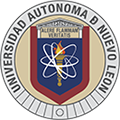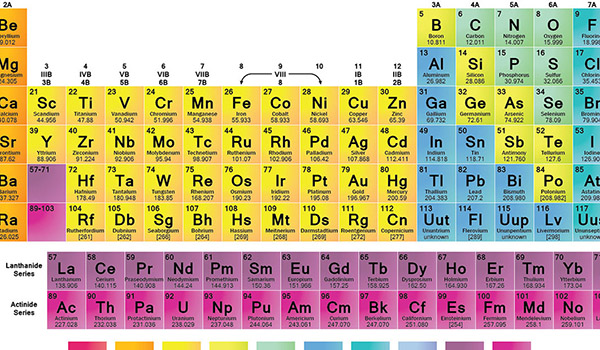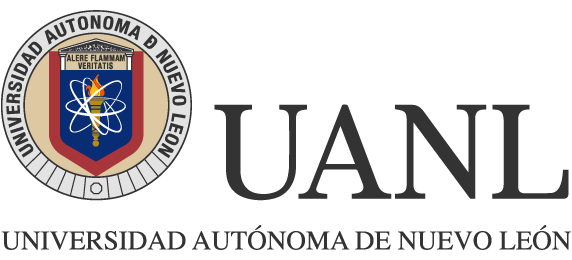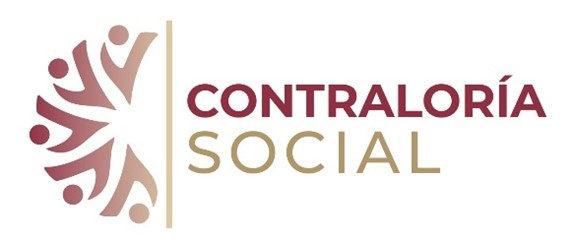Share:
The periodic table is a treasure map
One hundred and fifty years after its publication, the periodic table continues to be a map for researchers seeking scientific and technological treasures. In this context, the study of molecular synthesis and reactivity is the code that must be deciphered to find them.
That is what Maria del Jesus Rosales, chair of the Mexican Chemical Society (SQM), expressed during the inauguration of the academic seminar “Boundless Chemistry”. She offered her lecture on the periodic table at the event, which was conducted by the SQM and the School of Chemistry.
As 2019 is the International Year of the Periodic Table of Chemical Elements, the QSM organized six national seminars in different cities around the country. This time, the host university was Universidad Autonoma de Nuevo Leon.
Chemical elements and their hidden behavior
Rosales, who is also a researcher of the Instituto Politecnico Nacional (IPN), said that some interesting unknown aspects about the periodic table arise during the seminars. For instance, the existence of gold in space and the use of drugs and metals in medicine were two of the topics addressed.
To elaborate on that, she explained how the surprising relations between elements and their characteristics allowed the creation of many materials. “Since Alexander Fleming discovered penicillin, antibiotics have become fundamental in chemistry and have made it timeless and prevalent”, she mentioned.
According to Rosales, researchers are still discovering, to their shock and amazement, unexpected behavior from different elements in chemical compounds. “Fifty years ago, we wouldn’t have imagined that these elements would make our lives better. Platinum is considered toxic but has played an important role in cancer treatments. Similarly, gold is now being used in the treatment of arthritis”, she said.
Finally, Rosales talked about a project on materials synthesis by Doctor Leticia Torres from the School of Civil Engineering. The study focuses on molecules that absorb and convert CO2 into something useful. Another part of the project studies metal-organic frameworks, such as catalysts, which are molecules with great potential to be used in different ways.
Periods could be mathematical as well
IPN professor and researcher Alberto Vela held the lecture “How Periodic Is the Periodic Table?” where he explained the chemical order of the element periods. “The main issue is that a lot of historians or philosophers prefer an explanation of periodicity based purely on chemical behaviors. I think that what we actually have in the periodic table is quantum mechanics”, he expressed.
Vela states that a new theory on the periodic table can be developed through quantum mechanics equations and models. This theory could lead to a series of escalations showing element properties in a way that the mathematical concept of periodic behavior is recovered.
“My proposition is to reunite the mathematical concept with how element properties are displayed on the table. I believe we can determine, in terms of physics, why these properties behave the way they do. We’ll have to find out why the table is periodic and not something meaningless”, he concluded.
Posted by: Department of Press





